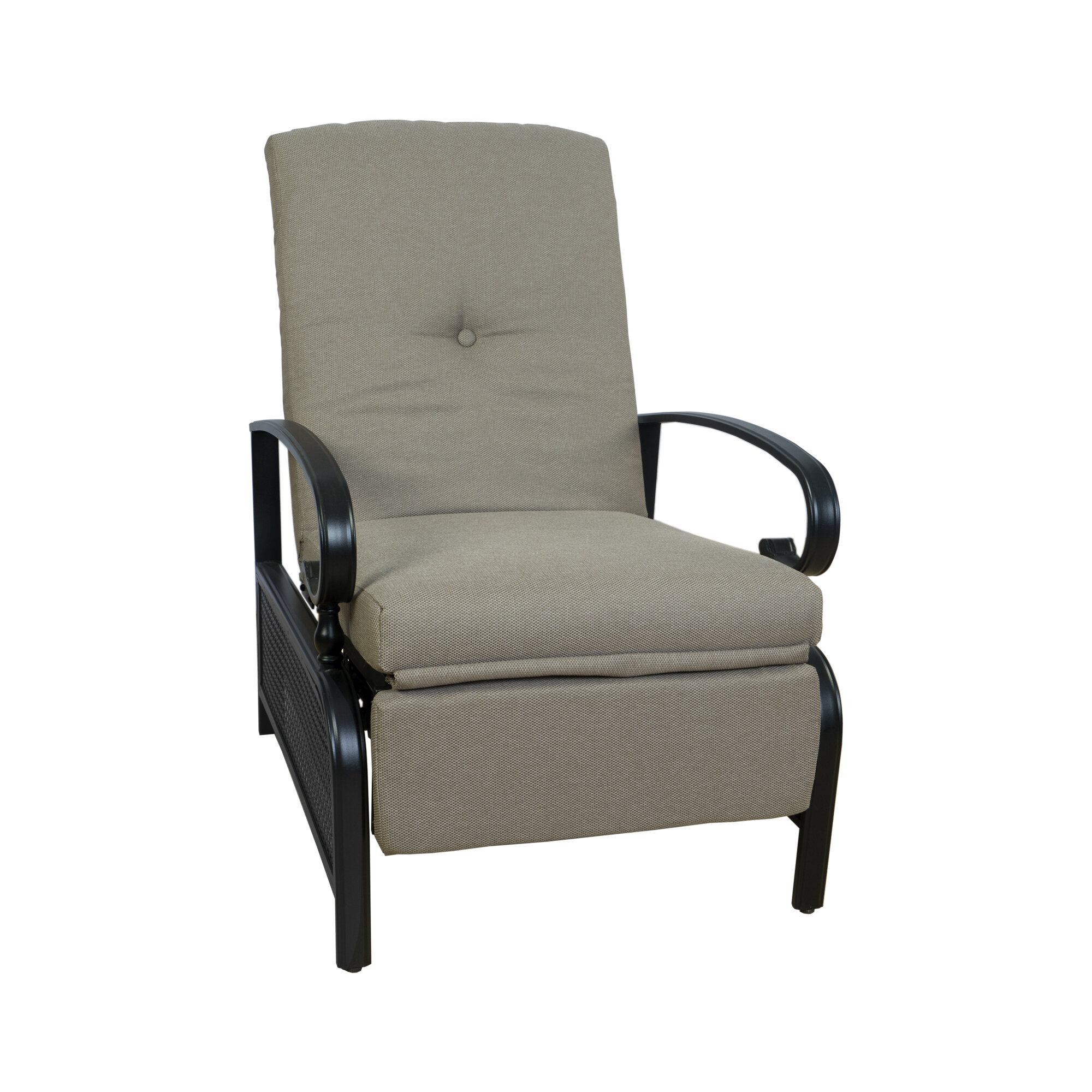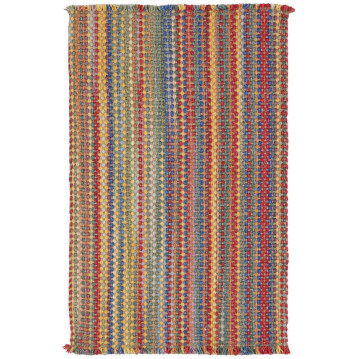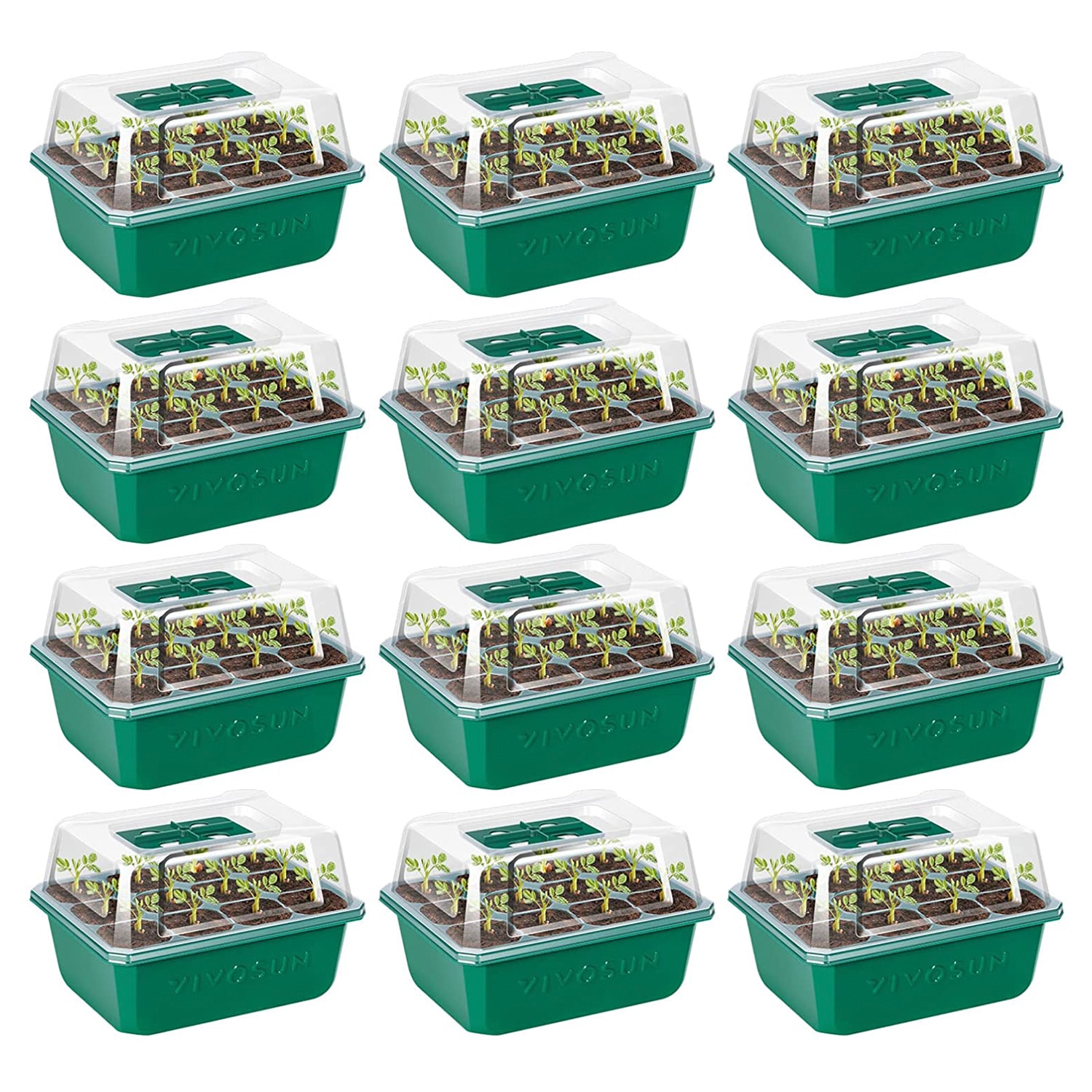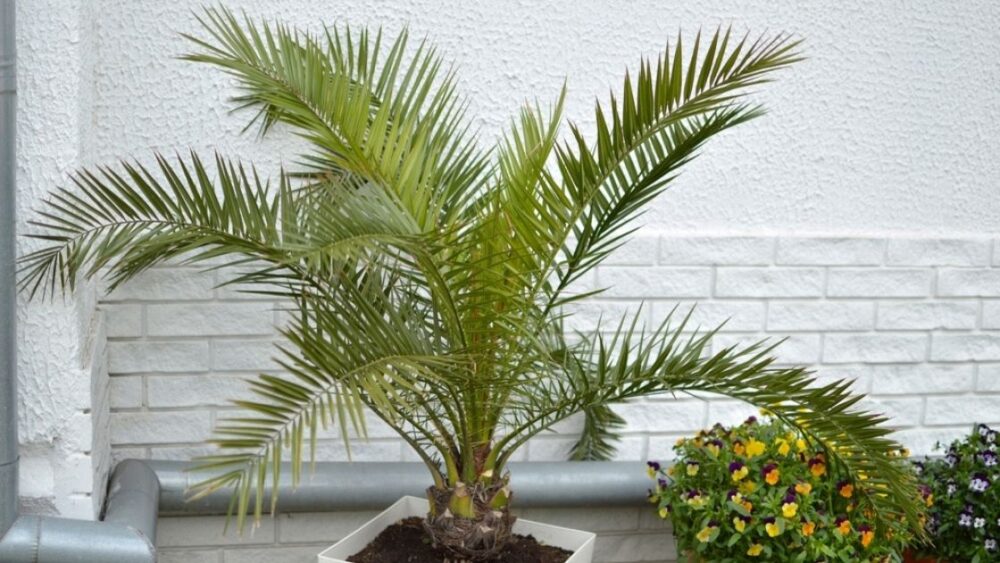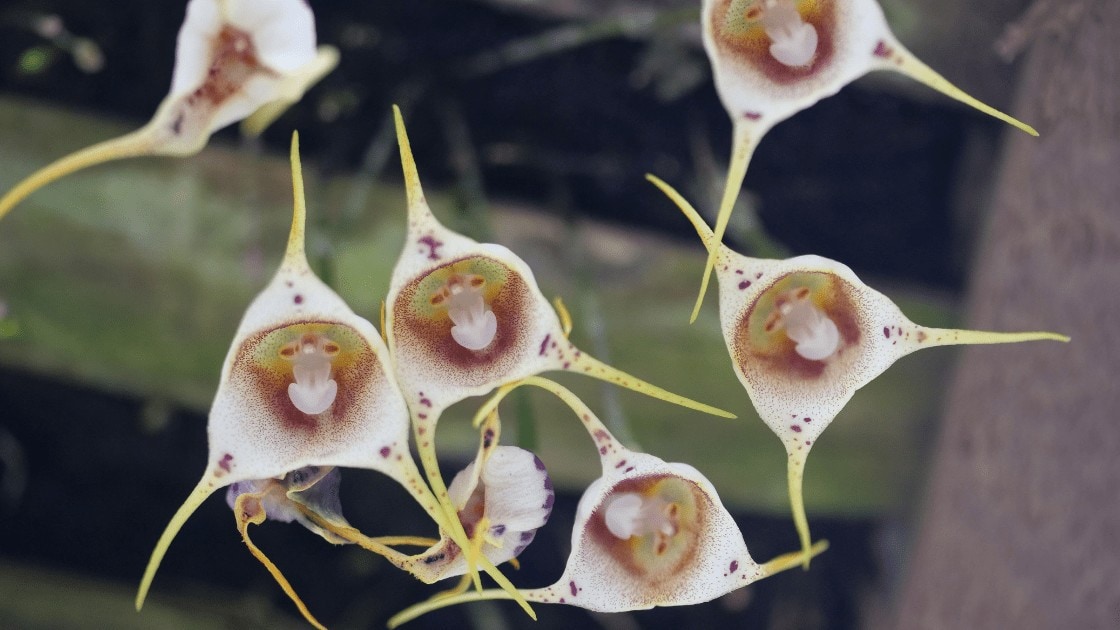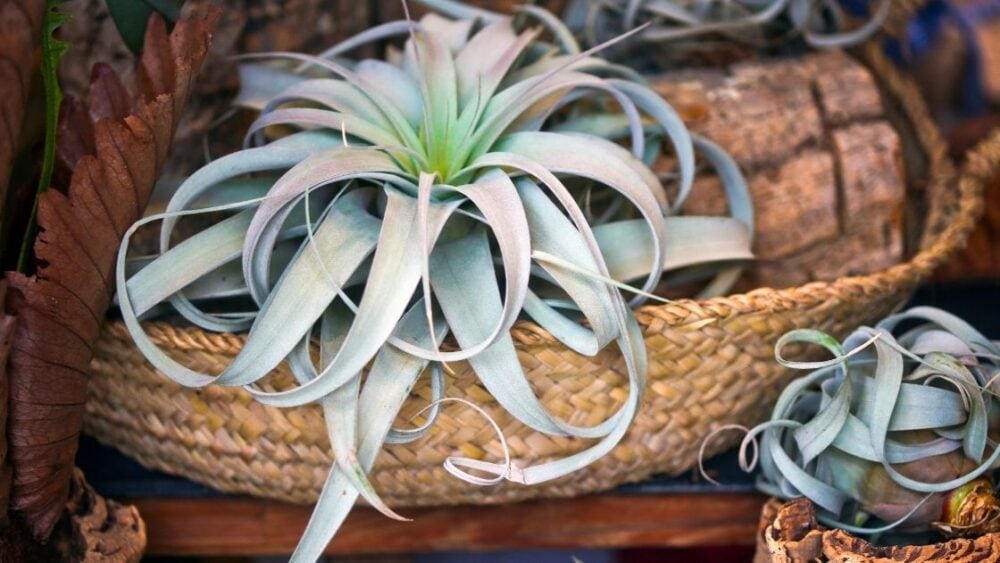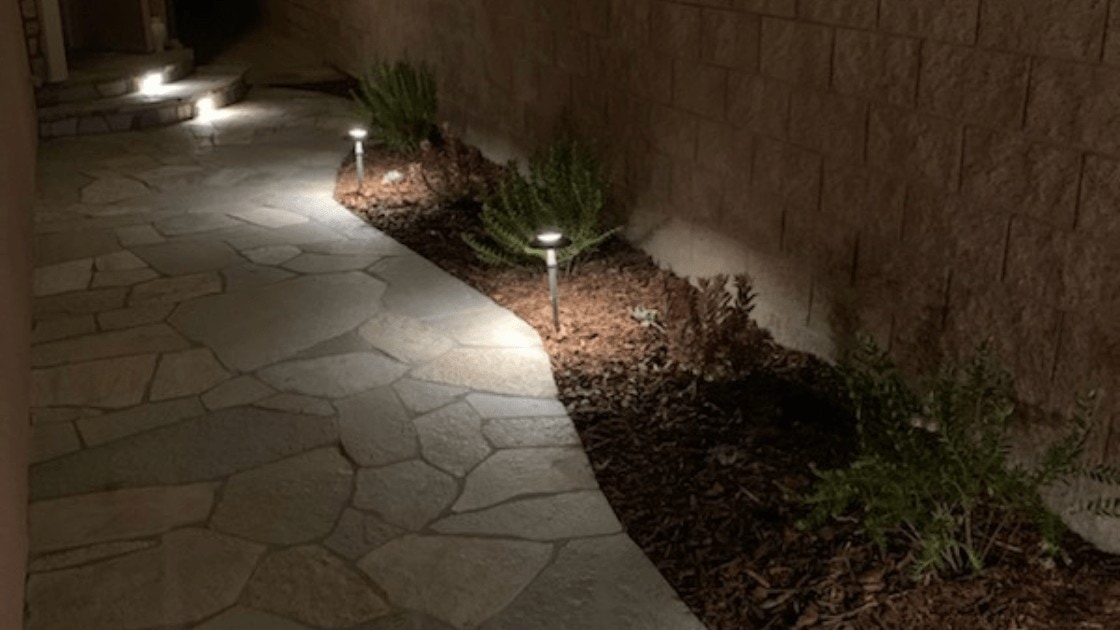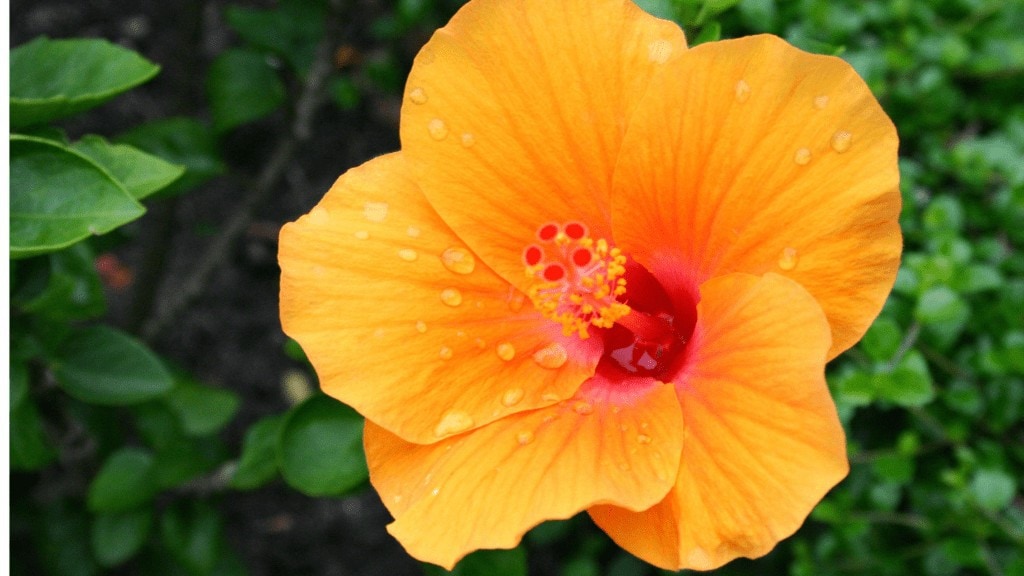
The Hibiscus genus contains around 200 shrub-like plants, commonly grown all around the world for their large, beautiful flowers. Although the vast majority of hibiscus species are native to tropical Asia, the yellow hibiscus (Hibiscus Brackenridgei) is native to Hawaii, where it’s recognized as the official state flower.
Yellow Hibiscus is a large, woody shrub – planted outside in a tropical climate, it can reach a height of up to 16 ft. The plant can live for many years and during the summer months produces large yellow flowers that can reach up to 6 inches in diameter. Depending on the temperature and weather conditions, yellow hibiscus can also bloom year-round.
Yellow Hibiscus Symbolism
With their vibrant & warm yellow color, the flowers of the yellow hibiscus symbolize friendship, joy and new beginnings, as well as good luck and good fortune. They are a beautiful addition to any garden, but can also bring an exotic and tropical feel to an indoor location as well, provided that their growth requirements are met.
Browse our Affiliate Products
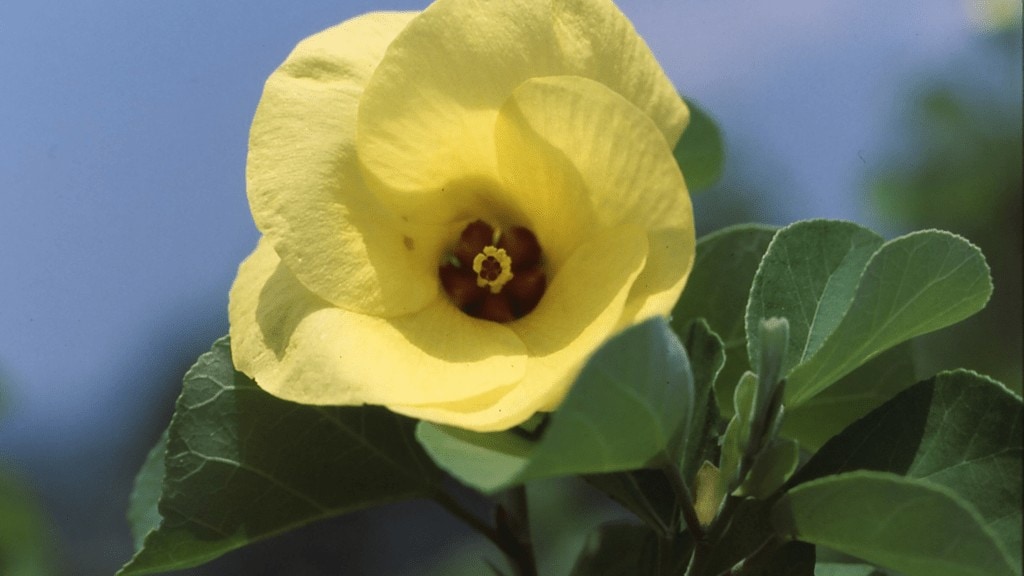
Apart from their ornamental value, all species of hibiscus, including the yellow hibiscus can serve a practical purpose in your garden – with their large flowers, they attract bees, butterflies and even hummingbirds, which not only adds to the natural ambiance and feel of your garden, but also helps the environment by providing food to various insects important to the ecosystem.
Now let’s take a deeper look at the growth requirements of yellow hibiscus, where to plant it and how to propagate it!
How to Grow and Care for Yellow Hibiscus
Generally, Yellow Hibiscus has the same requirements as other tropical Hibiscus species. It’s native to Hawaii, so warm
temperatures, plenty of sunlight, and infrequent supplemental watering will keep your plant happy and blooming beautifully throughout the spring, summer and fall. Hibiscus is easy to grow and adapts well to a variety of locations – it can be grown as a very tall, tree-like shrub, but can also be kept small and compact.
Light Requirements
Yellow Hibiscus is a sun-loving plant. If you want it to grow well and produce a large number of well-developed flowers, you’ll have to give it full sun or a partial shade. The plant will have little trouble surviving in moderately-lit indoor areas, but you won’t notice much growth and it will either produce only a few flowers that develop very slowly, or it may not flower at all. Because of how big hibiscus shrubs get, artificial lighting is not very practical to use.
Temperature
With the exception of a few hardy Hibiscus species, most hibiscus varieties aren’t cold-tolerant. As soon as the temperature starts falling below 40F (4.4C) or even 50F (10C), the leaves of the yellow hibiscus will start falling off. When the temperatures rise up again, the plant will recover and start growing new leaves, but this process can take some time.
This means that yellow hibiscus isn’t well-suited for planting outside, unless you live in a tropical climate – USDA zones 11 through 13.
For more information about different zones, and growing during winter climates, check out our article below.
Soil
All Hibiscus plants like a well-draining soil. Compacted, waterlogged soil will starve the roots of oxygen, which will lead to wilting. This can be a confusing scenario – your plant wilts and appears to not have enough water, despite the soil being very wet. To avoid this, make sure you’re using a well-draining potting mix.
The general recommendation for growing hibiscus is two parts general-purpose potting soil, two parts peat moss and one part perlite. When planted in a fresh, high-quality soil, hibiscus doesn’t require any fertilization.
For more information about the different types of soils, click here to read our article, the best soil for all types of gardens.
Watering
In its native habitat, hibiscus grows in dry areas, but also has very deep-reaching roots. The upper part of the roots remains relatively dry and has access to plenty of oxygen, while the deeper parts absorb water and transport it to the plant.
To recreate those conditions in a potted plant, it’s important to not water too frequently and let the top layer of the soil dry a bit between each watering.
If you would like to know what pot is good for your plants check out our article by clicking here. What is the perfect pot for my plants?
Where to Plant
If the winter temperatures in your locale drop below 40F during the winter (as is the case with most states), make sure to plant your hibiscus in pot containers, which you can bring back inside during the winter.
If you live in a USDA zone between 11 and 13 you can certainly plant hibiscus outside in your garden, where it will grow to be a very tall shrub, possibly requiring some cutting back in order to prevent it from getting too tall. Hibiscus can be grown in a variety of containers and quickly adapts to any type of potting container – it can even be grown in hanging pots.
Propagation
Just like all other hibiscus varieties and most other woody shrubs, yellow hibiscus is easily propagated from stem cuttings. Here is an overview of the process:
- Obtain a cutting. Any branch that has a few leaves will be able to root and grow into a mature plant. A 5 to 10 inch long branch with 2-3 leaves on top and the bottom leaves removed is ideal. Using a sharp knife and cutting at an 45 degree angle is commonly accepted as the best way to take a cutting.
- Dip the bottom of the cutting in rooting powder. This is optional, and plants have been propagated from cuttings long before rooting hormone powders became popular and commonly available. But they certainly speed up the process and ensure a higher success rate.
- Root the cutting in a glass of water or in peat moss. Placing the cutting in a cup with about an inch of water works well – it’s also satisfying, as you’ll be able to notice the tiny root as soon as they begin to form. The cutting can also be rooted in a 3:1 mix of sand and peat moss.
If you choose this rooting method, make sure to use a humidity dome – the tiny, cut end of the branch doesn’t have enough surface area to absorb enough water from the peat moss and without a humidity dome it can start wilting and dying.
Cuttings can also be rooted directly in regular soil, but this method has a higher failure rate, due to possible rotting issues. During the rooting process, you should give your cutting indirect sunlight.
- Plant the rooted cutting. Once rooted, cuttings can be planted directly in the final growing pot, but it’s more convenient to use a tiny pot first and then transplant the plant after it starts showing some growth. Slowly acclimate your rooted cuttings to direct sunlight by first placing them in partial shade.
Amazon has a great selection of Yellow Hibiscus plants as seen below.
Growing Yellow Hibiscus Indoors
The best way to keep your hibiscus happy in non-tropical locations is to place the pot outside in a sunny location during the summer and bring it back inside during the winter.
But what about growing hibiscus indoors year-round? While this is certainly doable, the light intensity indoors may not be sufficient to provide the energy required for profuse blooming. Even areas close to a window may receive as much as 10 times less light compared even to a partial shade outdoors. However, there are exceptions – a large, south facing window that lets in enough direct sunlight can provide the perfect conditions for a hibiscus plant and may even support year-round flowering.
Here’s another article pertaining to growing Hibiscus if you would like to continue reading.
How Big Does Yellow Hibiscus Get?
If planted outside and given proper growing conditions, yellow hibiscus plants can grow very tall – up to 16 ft. This can obviously be too tall for most gardens, but it’s easy to keep the shrub small by cutting it back, ideally after flowering.
If planted in a container, the maximum size the shrub can reach is dependent on the volume of the container. The plant can be successfully grown in a small pot and if given enough light, will still produce flowers.
When Does Hibiscus Flower and Is It Possible to Keep It Flowering Year-Round?
Hibiscus generally flowers from mid-spring to mid-fall. The most important factor for the initiation of flowering is high light intensity – placing the plant in a sunny location outdoors is the best way to ensure that it blooms.
There are many complex biological processes involved in signaling the plant that it’s time to flower, but the simplest explanation is that during photosynthesis, the plant manufactures and stores sugars and other nutrients, and until it has accumulated a large enough supply of those nutrients, it will not go into flowering.
Interestingly, hibiscus appears to produce even more flowers when it gets root bound – when the plant senses that it has colonized all of the available soil, it will decide that it’s time to reproduce. This means that selecting a pot container that is not over-sized is important in order to achieve optimum flowering.
It’s possible to achieve year-round flowering in your hibiscus plants if you eliminate the temperature dip during the winter, but still provide the plant with enough light. This commonly happens if the plant is grown indoors in a very well lit, warm room with large windows. Pinching the ends off of newly developing branches is another way to encourage year-round flowering.
Other Hibiscus Varieties and Colors
As we mentioned earlier, there are more than 200 hibiscus species. They come in countless different colors – in fact, green is possibly the only color that no hibiscus variety flowers in. Over the years, many hybrid, multi-colored varieties with different flower shapes have been bred.
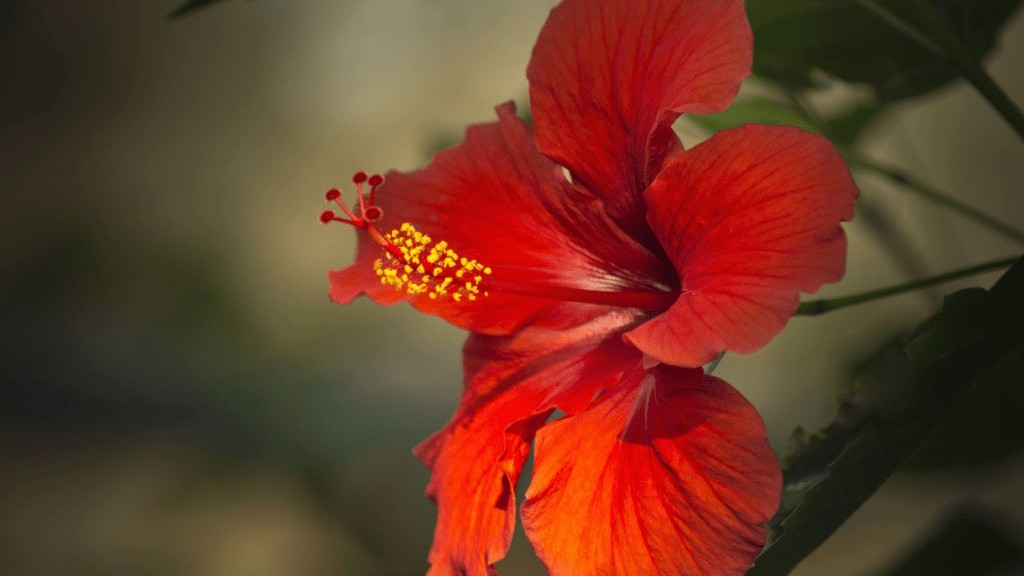
The two most widely cultivated hibiscus species in the world are Hibiscus syriacus, known as the common hibiscus and Hibiscus rosa-sinensis, known as red hibiscus. Both are native to Asia, but have very similar growth requirements to the Yellow hibiscus. The red hibiscus is commonly grown for its intense red flowers, which are also used in tea preparations, both for their sour taste as well as for their medicinal, blood-pressure lowering effects.
